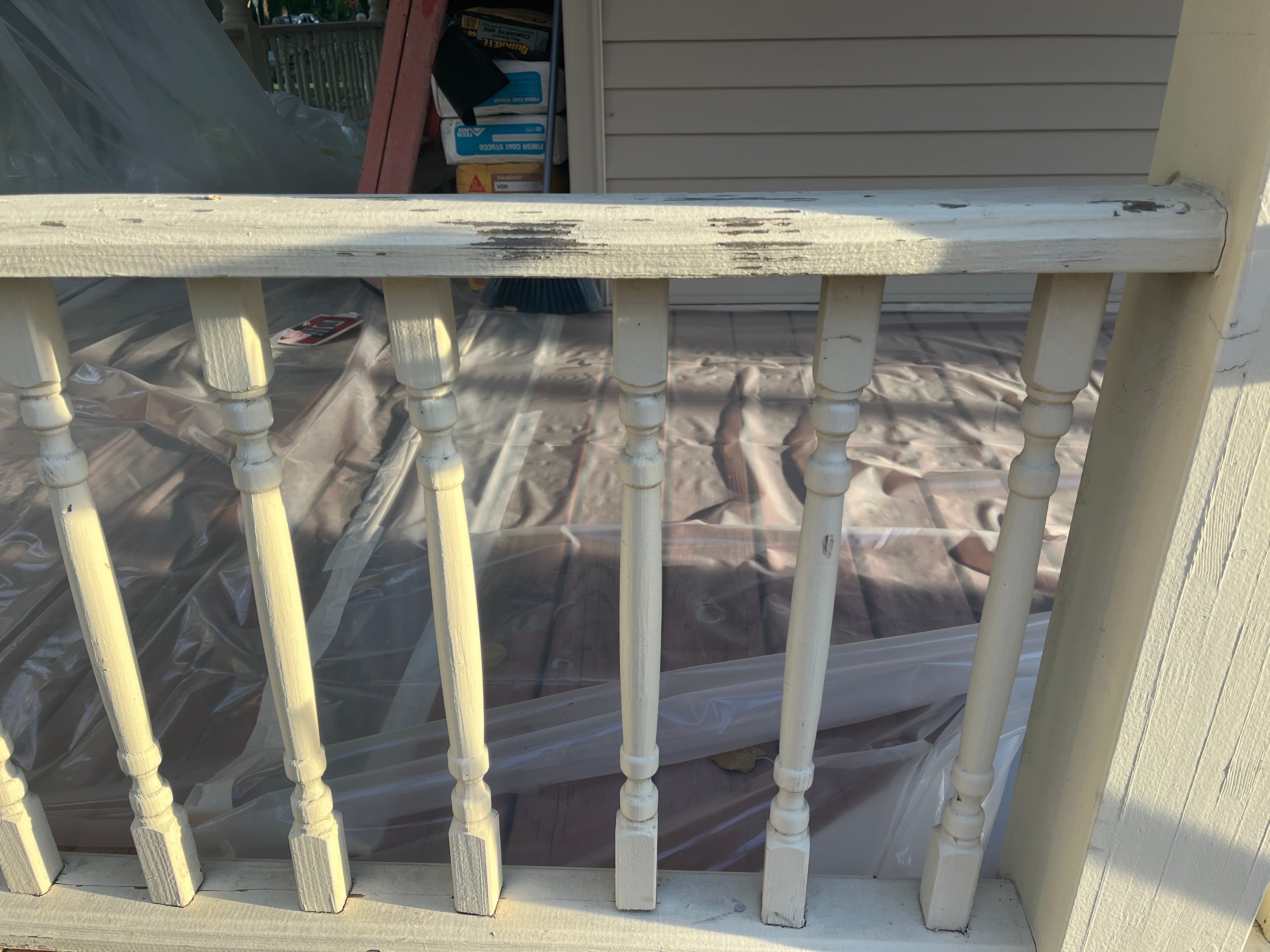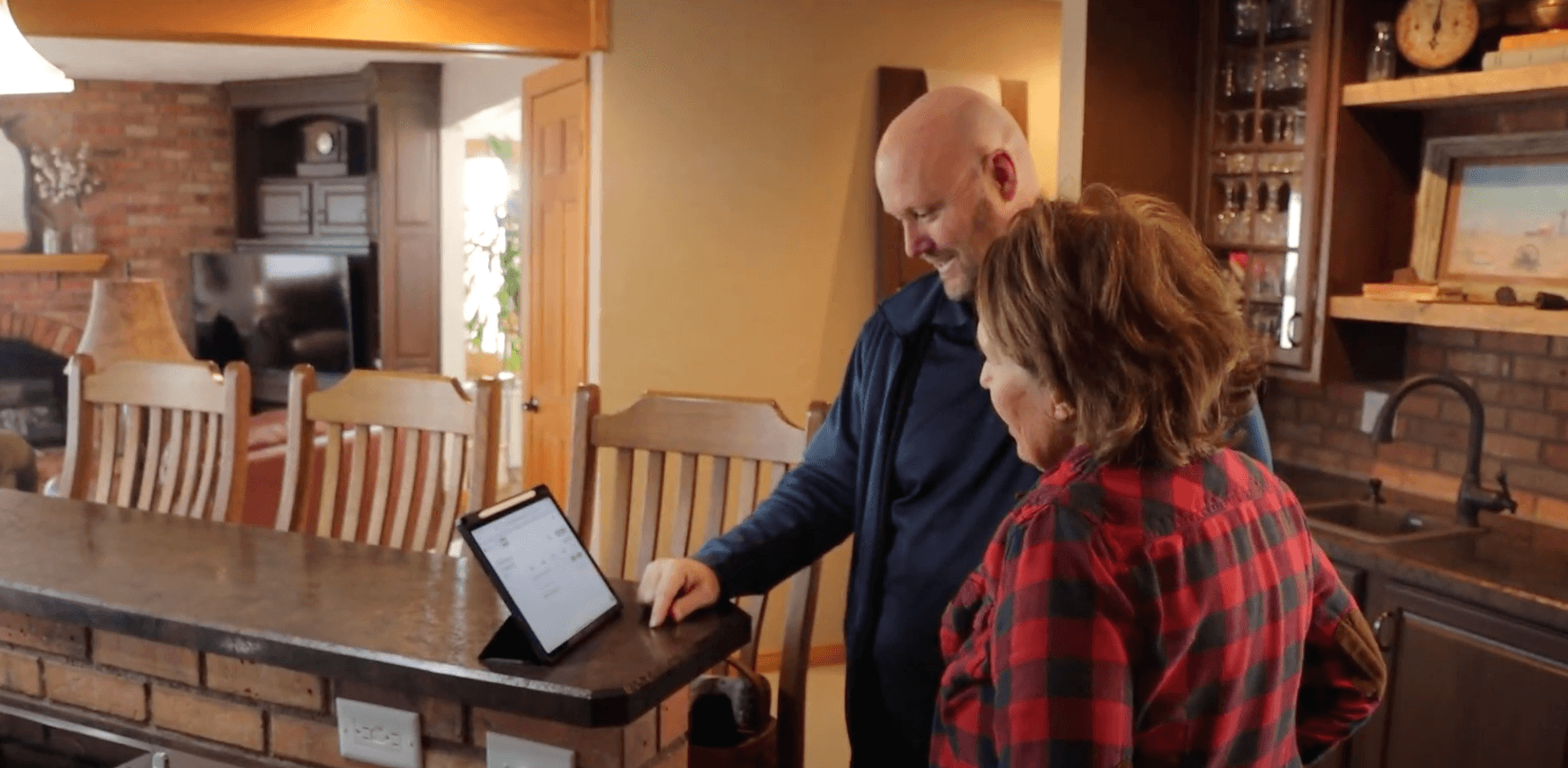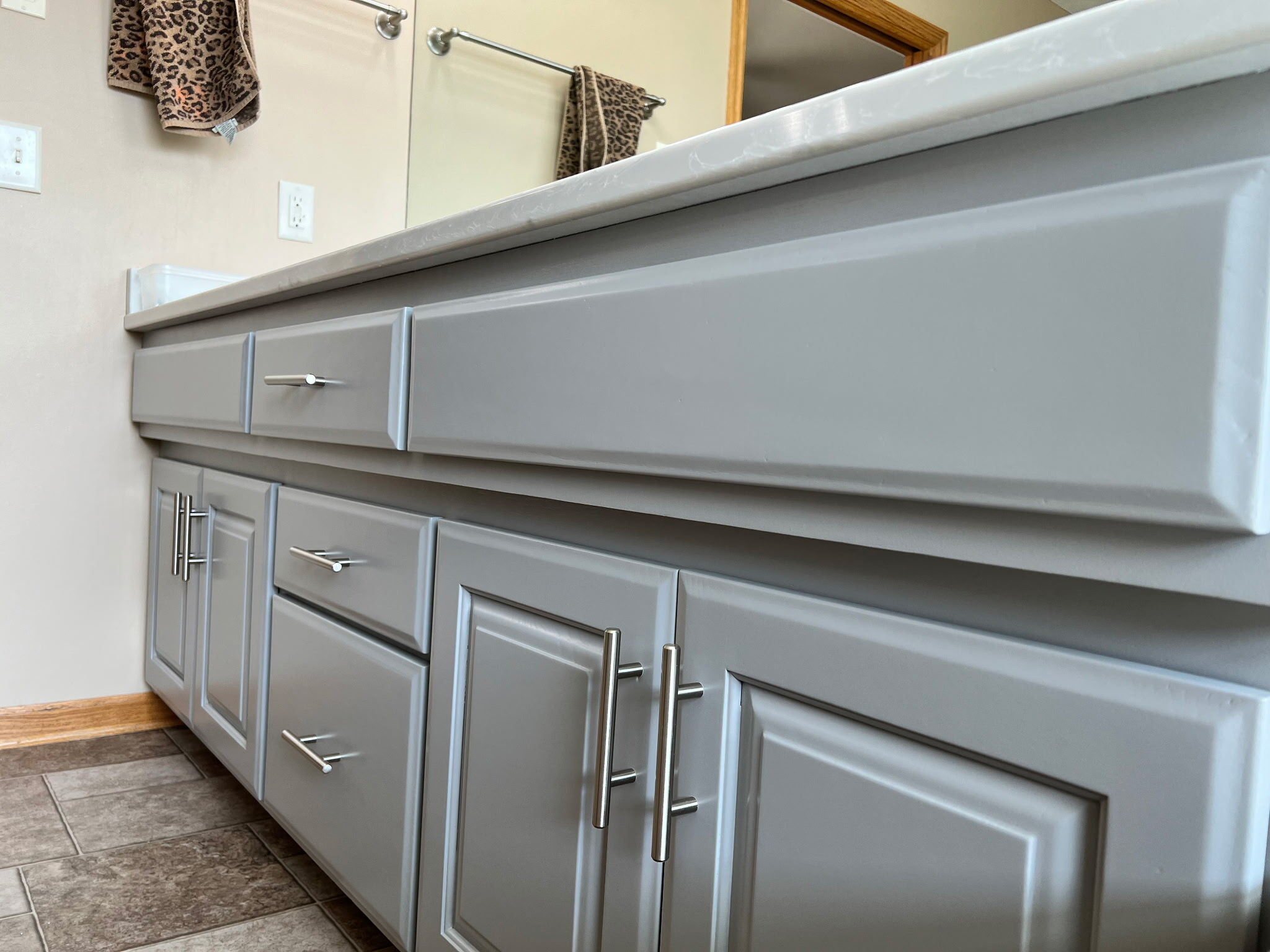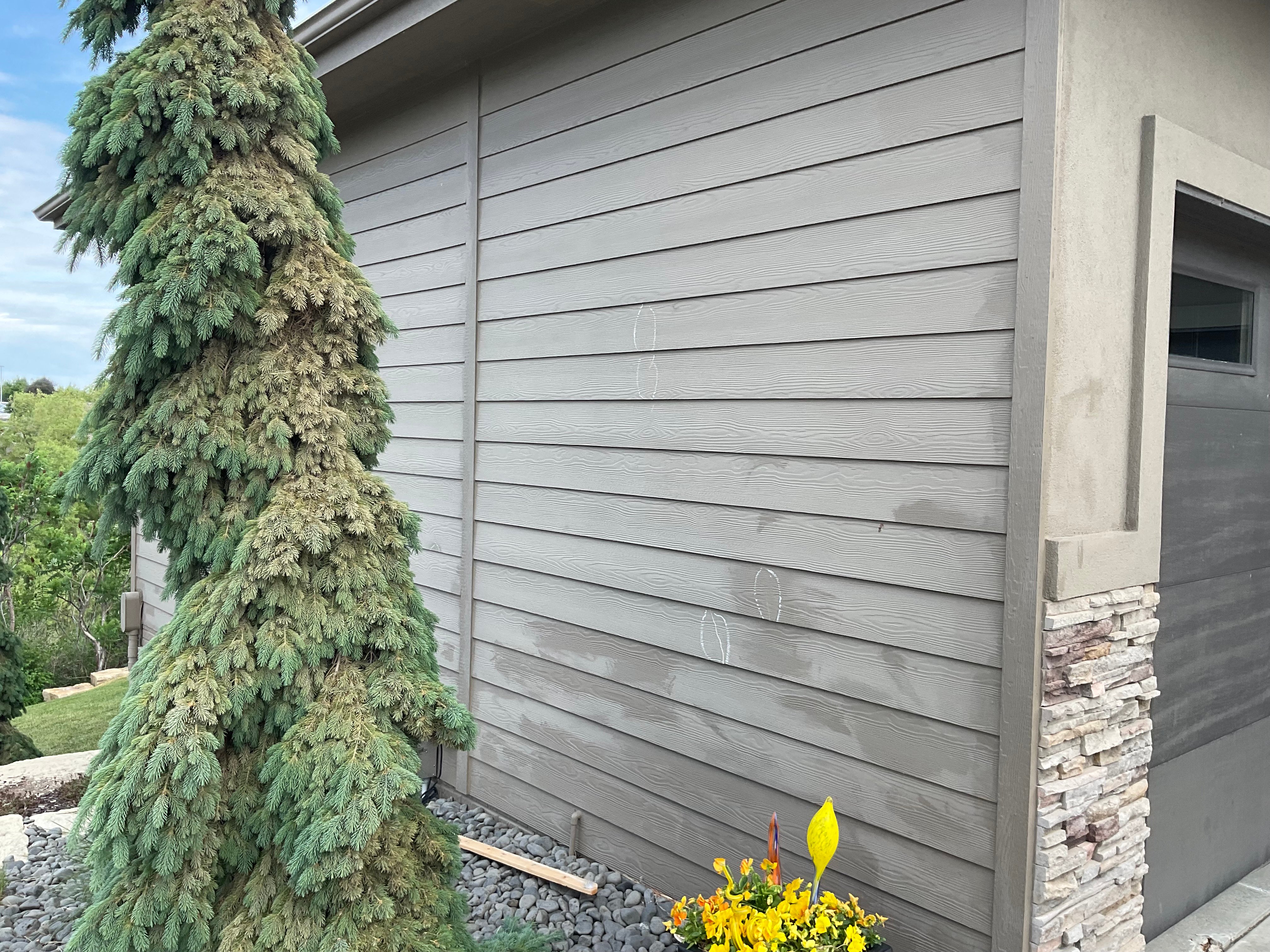Does Lead Paint Look Different from Regular Paint?
March 5th, 2025
4 min read

You’re walking through your home in Omaha, maybe it's one you’ve owned for years or a new purchase that’s seen some history. You notice peeling or chipping paint and start to wonder, "Could this be lead-based paint?" If your house was built before 1978, there’s a chance it could be. Now you’re concerned. Is your family at risk? How do you even tell the difference between lead paint and modern, safer paint? It’s a nerve-wracking thought, especially if you’ve got kids or pets.
At Brush & Roll Painting, we’ve been serving Omaha homeowners since 1996. We’ve seen it all—from historic homes filled with layers of paint dating back decades to modern builds with flawless, lead-free finishes. Over the years, we’ve gained extensive experience in safely handling older homes that may contain lead paint. We understand your concerns and want to provide clear, easy-to-understand information so you can make the best decisions for your home and your family’s safety.
By reading this article, you’ll learn how to identify whether your home might have lead-based paint, what visual clues to look for, and how to know for sure if you have lead-based paint. We’ll also cover how to proceed if you suspect lead paint and what steps professionals take to handle it safely.
Does Lead Paint Look Different from Regular Paint?
The short answer is no—not always. Lead paint doesn’t have a distinct appearance that sets it apart from modern paint. However, there are some clues that might help you determine whether the paint in your home is lead-based.
1. Age of Your Home
If your home was built before 1978, there’s a higher likelihood that lead-based paint was used at some point. In 1978, the U.S. government banned lead-based paint for residential use because of health risks, especially to children and pregnant women. Homes built before this time often have multiple layers of paint, and lead-based paint might be hidden beneath newer layers.
In Omaha, many older neighborhoods, like Dundee and Benson, have beautiful historic homes that were built well before 1978. If you live in one of these neighborhoods, it’s worth taking extra precautions.
-Apr-26-2024-06-41-21-9529-PM.png?width=579&height=303&name=Blog%20Post%20Image%20Size%20(1)-Apr-26-2024-06-41-21-9529-PM.png)
2. Texture and Condition of the Paint
Lead paint often ages differently than modern paint. Here are some signs that might indicate the presence of lead-based paint:
- Alligatoring: This is when paint forms a cracked, reptile-skin-like pattern. It’s a common sign of old lead-based paint.
- Chipping and Peeling: Lead paint tends to become brittle over time and may chip or peel in large flakes, exposing older layers of paint underneath.
- Thick Layers: If your home has been painted multiple times, you might notice unusually thick layers of paint, especially around windows, doors, and trim. Lead-based paint was often applied in thicker coats than modern latex paints.
While these signs can suggest lead paint, they’re not definitive. Modern paint can also crack, peel, and chip if it’s poorly applied or exposed to extreme conditions.
3. Color of the Paint
There’s a common misconception that lead-based paint comes in certain colors, like white or beige, but this isn’t true. Lead-based paint was available in a wide range of colors, just like modern paint. It was often used on interior and exterior surfaces, including walls, trim, and even furniture.
4. The Importance of Testing
The only way to know for sure whether paint contains lead is to have it tested. There are a few ways to do this:
- Lead Test Kits: These are available at hardware stores and can provide a quick answer. You’ll swab the surface and check for a color change, which indicates the presence of lead. However, these tests can sometimes give false positives or false negatives.
- Professional Testing: Hiring a certified lead inspector or risk assessor is the most reliable option. They’ll use specialized equipment, such as an X-ray fluorescence (XRF) analyzer, to determine whether lead is present. EPA-certified painters can test for lead paint as well.
- Lab Analysis: You can also scrape a sample of the paint and send it to a lab for analysis. This method is more time-consuming but highly accurate.
If you’re concerned about lead paint in your Omaha home, it’s worth investing in professional testing to get a clear answer.

What to Do If You Have Lead Paint
If testing confirms the presence of lead-based paint in your home, don’t panic. There are safe ways to manage it. Here’s what you need to know:
1. Don’t Disturb It
Lead-based paint is most dangerous when it’s disturbed, such as during renovations, sanding, or scraping. If the paint is in good condition and not chipping or peeling, it may be best to leave it alone and monitor it for any changes.
2. Hire an EPA-Certified Painter
If you need to remove or repair lead-based paint, it’s crucial to hire a professional who is certified in lead-safe practices. These professionals know how to contain the work area, minimize dust, and safely dispose of hazardous materials.
At Brush & Roll Painting, we follow all EPA (United States Environmental Protection Agency) guidelines for lead-safe work practices. This includes:
- Sealing off the work area to prevent dust from spreading.
- Using specialized tools and techniques to minimize dust.
- Wearing protective gear to reduce exposure.
- Cleaning the area thoroughly after the work is complete.
3. Consider Encapsulation
In some cases, encapsulation may be an option. This involves applying a special coating over the lead-based paint to seal it and prevent it from chipping or peeling. Encapsulation is only effective if the underlying paint is in good condition and the surface is properly prepared.
4. Regular Maintenance
If you decide to leave lead-based paint in place, regular maintenance is essential. Keep an eye out for chipping or peeling paint and address any issues promptly. Avoid sanding or scraping the paint, as this can release lead dust into the air.

Health Risks of Lead Paint
Lead exposure can cause serious health problems, particularly for young children and pregnant women. Symptoms of lead poisoning include:
- Developmental delays in children
- Learning difficulties
- Irritability
- Fatigue
- Abdominal pain
- High blood pressure (in adults)
If you suspect lead exposure, contact your healthcare provider for testing and advice.
Lead Paint in Your Omaha Home
If you’ve been wondering whether lead paint looks different from regular paint, you now know that the answer isn’t always clear. While there are some visual clues, such as alligatoring and thick layers, the only way to know for sure is through testing.
For Omaha homeowners, especially those living in older neighborhoods, it’s crucial to take lead paint seriously, especially when it is peeling or flaking. By understanding the signs and seeking professional testing and remediation when necessary, you can protect your family and maintain the beauty and safety of your home.
Brush & Roll Painting has been serving Omaha since 1996, and we’re here to help guide you through the process of maintaining and improving your home. If you’re ready to take the next step, click the button below to get a quote, and let us help you create a safe, beautiful living space for your family.
If you’re not ready to get a quote, but are still preparing to hire a painter, download the ultimate guide to hiring a painter. This guide will help you begin your research, compare quotes, and help you choose the right one for your project.
Kaylea is the Brush & Roll Painting Content Manager. Kaylea is a Journalism and Media Communications summa cum laude graduate with a minor in Marketing from the University of Nebraska at Omaha. Kaylea manages the marketing for Brush & Roll Painting.














-Jul-23-2025-02-21-33-5468-PM.png?width=800&height=418&name=Blog%20Post%20Image%20Size%20(2)-Jul-23-2025-02-21-33-5468-PM.png)




-Oct-22-2025-01-39-19-5208-PM.png?width=800&height=418&name=Blog%20Post%20Image%20Size%20(1)-Oct-22-2025-01-39-19-5208-PM.png)







